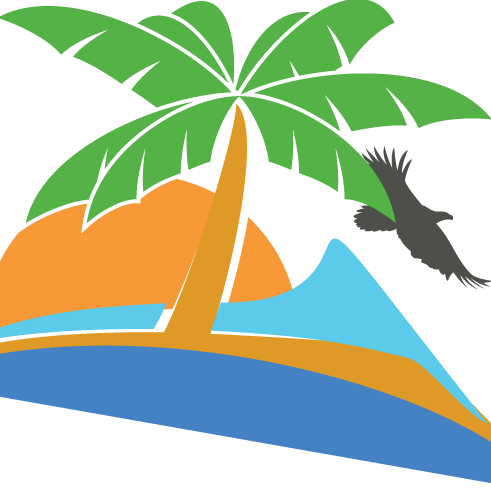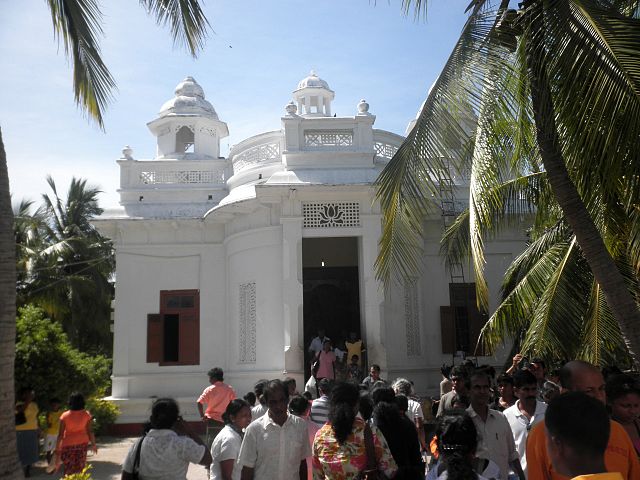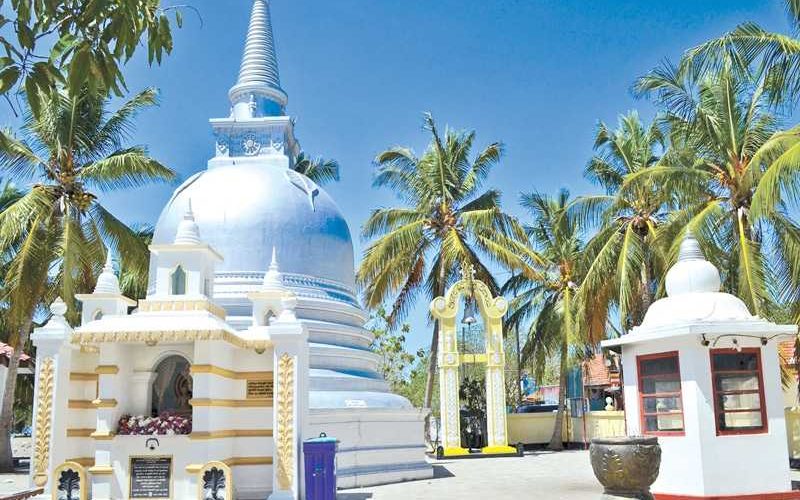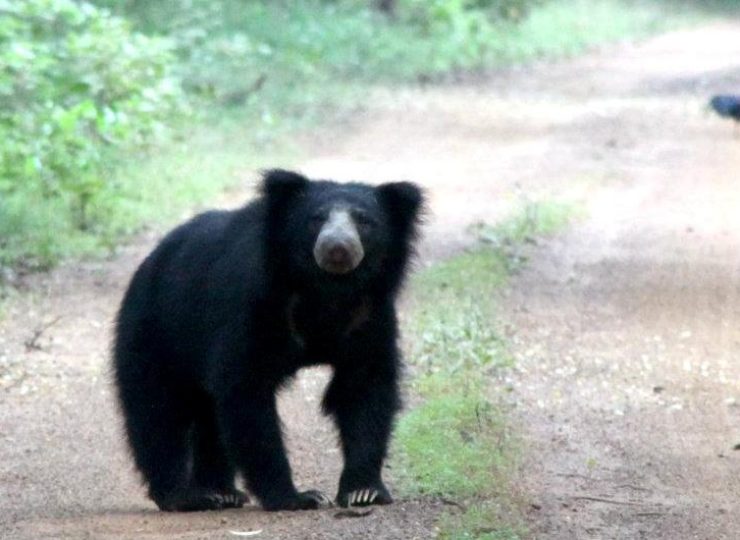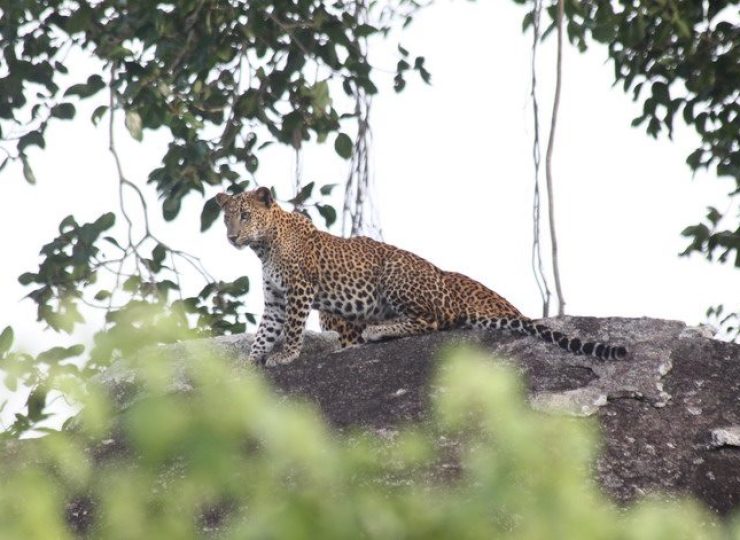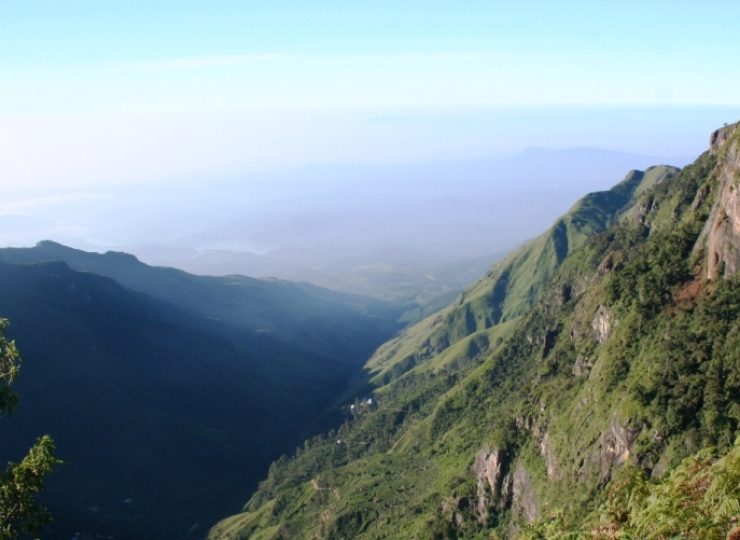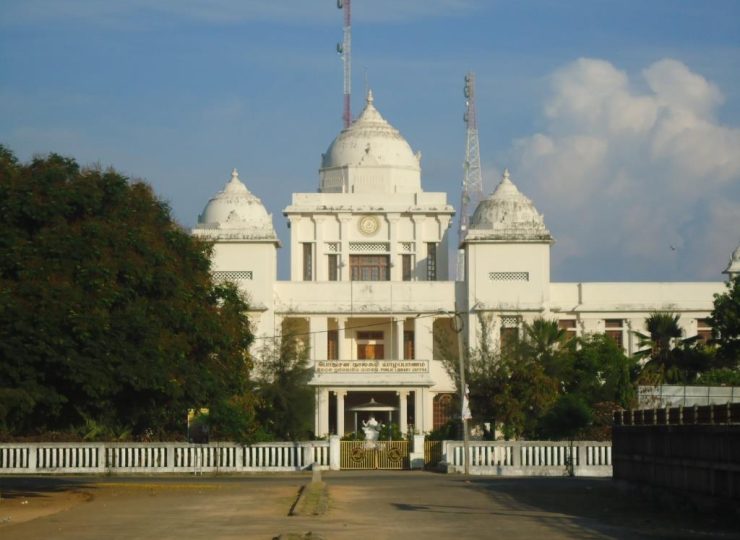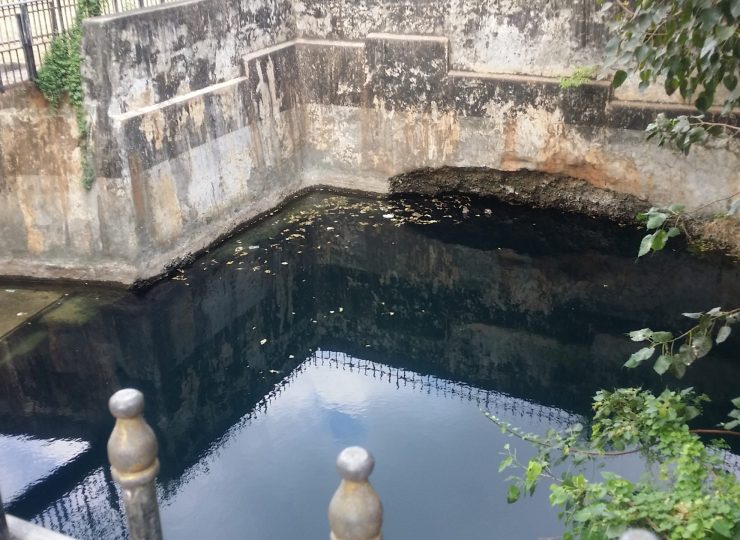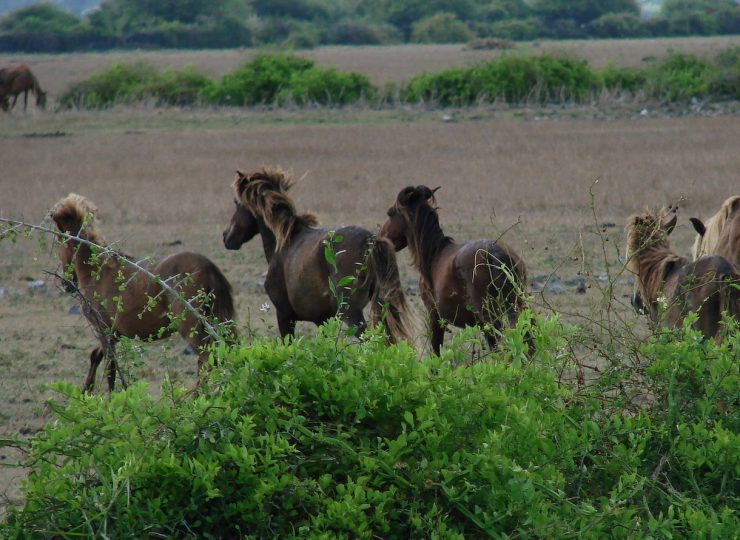According to Ptolemy’s map of Sri Lanka, Nagadeepa is a much larger area. In this map Nagadeepa is indicated by putting together the coastal region (Samudravasi Naga) and the mountain region (Parvathavasi Naga). This is referred to in various historical documents and Sinhalese literature. There are three fiimous islands called Kayla, Panduthiv and Delft. Nagadeepa is the tiny spot near the second island clearly identified in the northern part of the Sri Lankan map.
A Naga Kingdom existed in the north of Sri Lanka continuously from the sixth century B.0 to the middle of the 3rd century Al). The Vallipuram Gold Plate inscription of the second century AD mentions it as Nalutdtva, both words are similar in meaning_ The north Indians who came to Sri Lanka could not pronounce the word Nagadeepa, therefore, they called this place Nakadiva. “Subapatuna” is another name given in the chronicle to Nagadeepa, probably to denote the place as one of hallowed sanctity with the story of Lord Buddha’s visit to Nagadeepa. Lord Buddha’s first visit to Sri Lanka was to Mahiyanganaya and his second visit was to Nagadeepa on the Bak Amavak Poya day in the fifth year of Lord Buddha’s enlightenment says the Mahawamsa. It was to prevent a sanguinary battle over a gem studded throne between two Naga Kings Chulodara and Mahodara of the Naga tribe.
The place where the Buddha met the Nagas was Kandurugoda, now known as Kanter-eclat in Tamil. The place where the two Nagas were to fight their battle was Manage= or Mallawagama. The latter name seems very probably to have evolved from the fact that the Naga battle which was to have been ended in great bloodshed was in the form of a Mallawa Porn. The two Naga Kings related to each other, who subsequently renewed friendship, there upon built a chaitya ffi Ka.durugoda at the very sanctified spot in commemoration of the event. It is said to have enshrined the gem- studded throne on which Lord Buddha sat.
On the south beach of Nagadeepa is a community of chank fishermen, the chink (turbinella rape), a shell similar to the conch, is issued as a ritual instrument in Hindu and some Sinhalese religious ceremonies. This is evident in the presentation of such a conch by King Asoka of India to King Devanampiyatissa as a symbol of consecration of royal kingship which was passed on to the following kings. This conch is enshrined in the Tissamaharama vihara in the Southern Province. King Devanampiyatissa and King Dutugemunu developed and constructed more stupas here. When the power of the Sinhala Kingdoms deteriorated in the Northern Province it affected Naga Deeps to a great extent in which the Buddha’s values also deteriorated.
.

